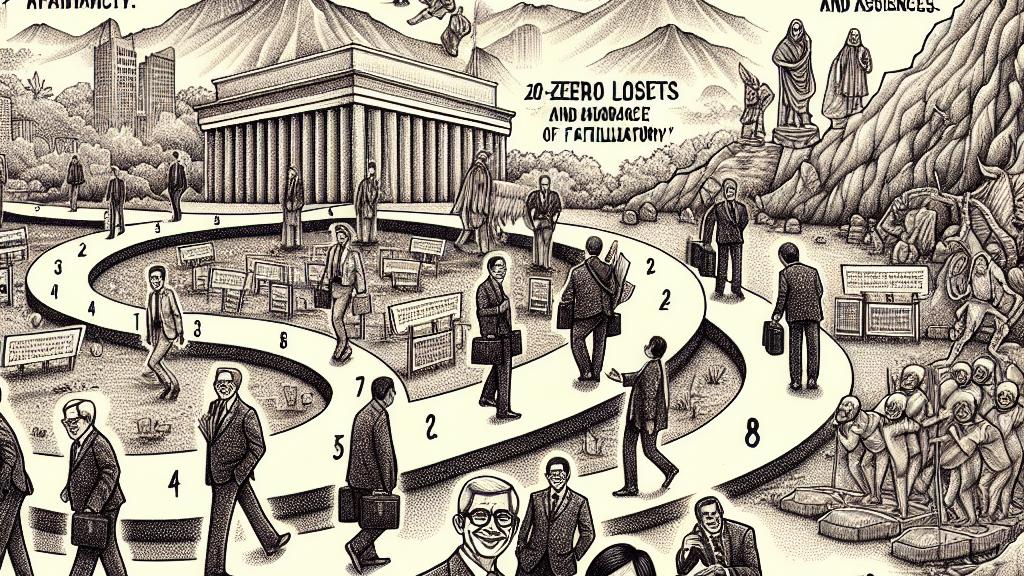Insights on Career Advancement in the Ministry of Education
Overview
- Explores the key attributes that drive success within Japan's Ministry of Education.
- Analyzes strategies that facilitate sustained career growth in bureaucratic structures.
- Contrasts behaviors in the Ministry with those found in other government sectors for a broader perspective.

Understanding the Hierarchical Dynamics
In Japan's bureaucratic landscape, particularly within the Ministry of Education, the journey to career advancement is marked by an intriguing blend of strategic maneuvering and the avoidance of failures. During a casual yet illuminating chat with a senior official, a revealing philosophy emerged: aspiring bureaucrats should aim for an impressive record of ‘two wins, zero losses, and eight absences.’ This guideline reflects a deep-seated cultural tendency to prioritize stability and risk aversion, often stifling creativity and bold initiatives. Those who adhere to this belief recognize that navigating bureaucracy skillfully outweighs risks which may jeopardize their positions, creating a systematic preference for reliability over groundbreaking innovation.
The Art of Playing It Safe
Delving into the inner workings of the ministry, it becomes evident that many officials excel not through groundbreaking ideas but by their ability to deftly sidestep pitfalls. For instance, consider a bureaucrat who achieved fast-track promotion by meticulously implementing existing regulations, ensuring their compliance while steering clear of any controversy. Such strategies lead to a paradoxical outcome: a workforce that thrives on cautiousness often stifles transformative change, all in the name of securing personal job stability. Thus, it raises an essential question—can a system built on risk aversion genuinely fuel the innovation necessary for educational reform? The answer is far from straightforward, as it highlights the clash between personal advancement and the pressing need for systemic evolution.
Comparative Analysis with Other Ministries
Extending our analysis to compare the Ministry of Education with its counterpart, the Ministry of Finance, reveals even more striking similarities in career advancement behaviors. Here, too, we see a dominance of internal optics, where promotions hinge less on the merit of innovative ideas and more on adherence to established norms. For example, reports shed light on finance officials who have climbed the ranks by effectively strengthening existing policies rather than revolutionizing them. This pervasive risk-averse culture underscores a systemic issue—both ministries tend to value personal job security over institutional growth, leading to stagnation at a time when proactive reforms are critically needed. Ultimately, the challenge lies in fostering an environment that encourages calculated risks and embraces innovation while maintaining the foundational stability these institutions rely upon.

Loading...